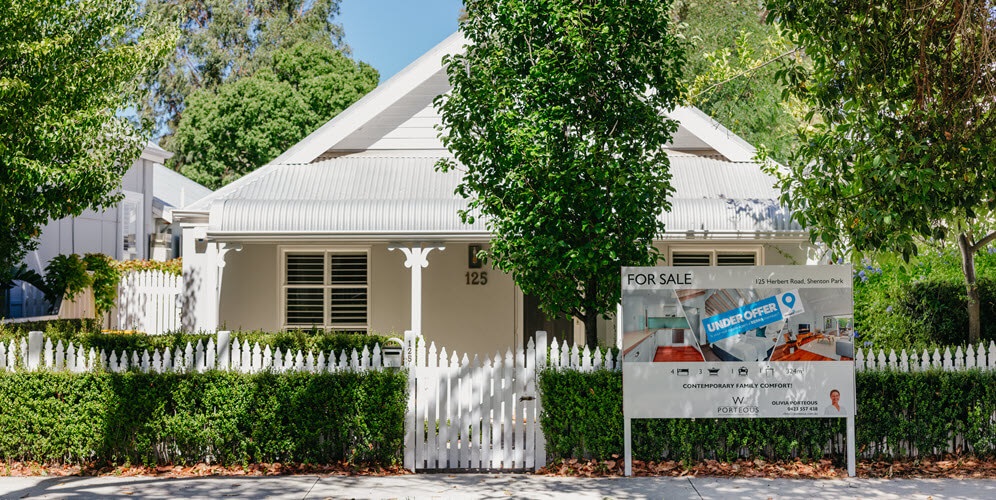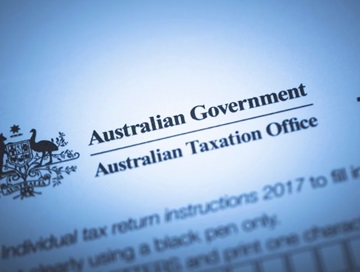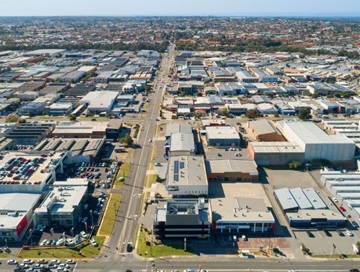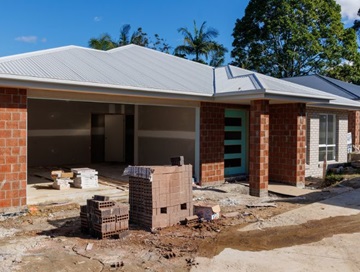There are no villains, it's just simple economics at work
7 February 2023"The main factor behind the current rental crisis is housing supply. We simply do not have enough homes to meet demand. "

An old news story about the number of homes that were unoccupied on Census night is doing the rounds again, implying those property owners are contributing to the rental crisis.
The Census is a snapshot of one point in time and there are many reasons these homes could have been vacant, including FIFO schedules, regional people owning a city apartment, empty holiday homes, and even people unable to return to WA due to COVID border closures when the last Census was done.
At times like these it’s tempting to find a scapegoat, such as people with unoccupied properties, short-stay accommodation owners or even foreign investors.
These people have very little to do with the problem.
For example, during COVID, a lot of short-stay rentals switched to longer term leases as tourism was restricted. While some property owners may have returned to the short-stay market, particularly in holiday regions, data from the Australian Bureau of Statistics shows short-term rentals only make up about two per cent of overall housing. Property owners, particularly those in the capital cities, have been slow to move back into that market after COVID.
Foreign buyers are quite heavily regulated and are not snapping up homes across the state.
They must apply to the Foreign Investment Review Board when buying and are limited to new dwellings, with purchases in new developments capped at 50 per cent. They are only allowed to buy an established dwelling for redevelopment purposes or vacant land for residential dwelling development.
They also have to pay an application fee, are charged an additional transfer duty of 7 per cent in WA and face an annual charge if they leave their property vacant for at least six months of the year.
The main factor behind the current rental crisis is housing supply. We simply do not have enough homes to meet demand.
How has this happened?
There are fewer rental properties in the market than there were two years ago. Since January 2021 over 18,000 properties have been removed from the rental pool. In some cases this may be due to property owners switching to short-stay accommodation. However, the majority are investors leaving to take advantage of some long-awaited capital gain, make use of the property for themselves or to avoid the impact of interest rate rises.
WA’s population is growing, which is maintaining the demand for housing.
And while COVID building incentives boosted the sale of new homes, delays in the building industry due to labour shortages and supply chain issues have seen completion times extended significantly. It will still be some time before these properties become available for use.
The concern now is the sale of new homes in WA has slowed. According to the HIA sales in the final quarter of 2022 were 30.9 per cent lower than at the same time in 2021.
The simple fact is we don’t have enough houses to meet demand and until this changes the problem will continue.
Joe White
REIWA President
.tmb-rcarousel.png?sfvrsn=8808266b_1)








